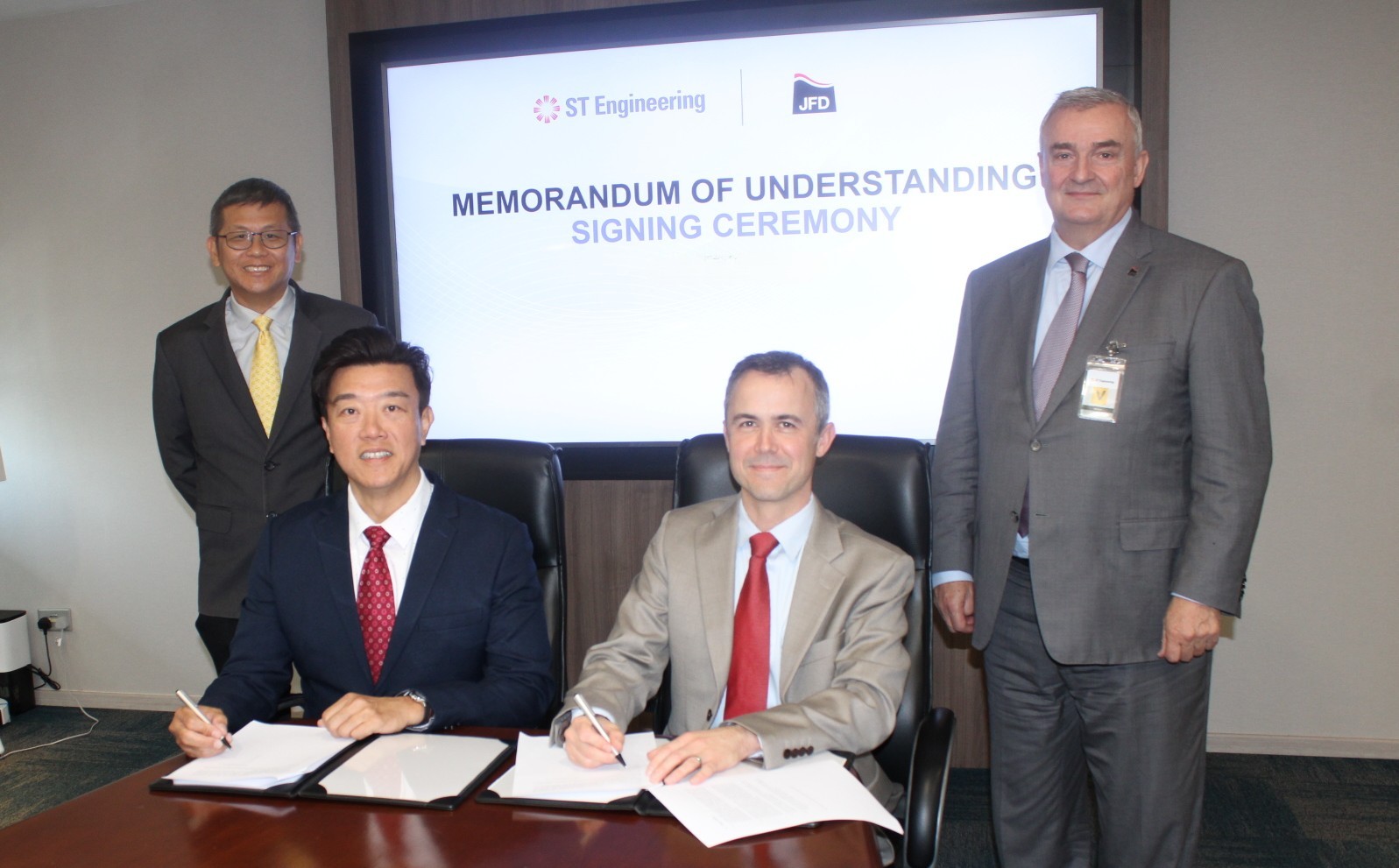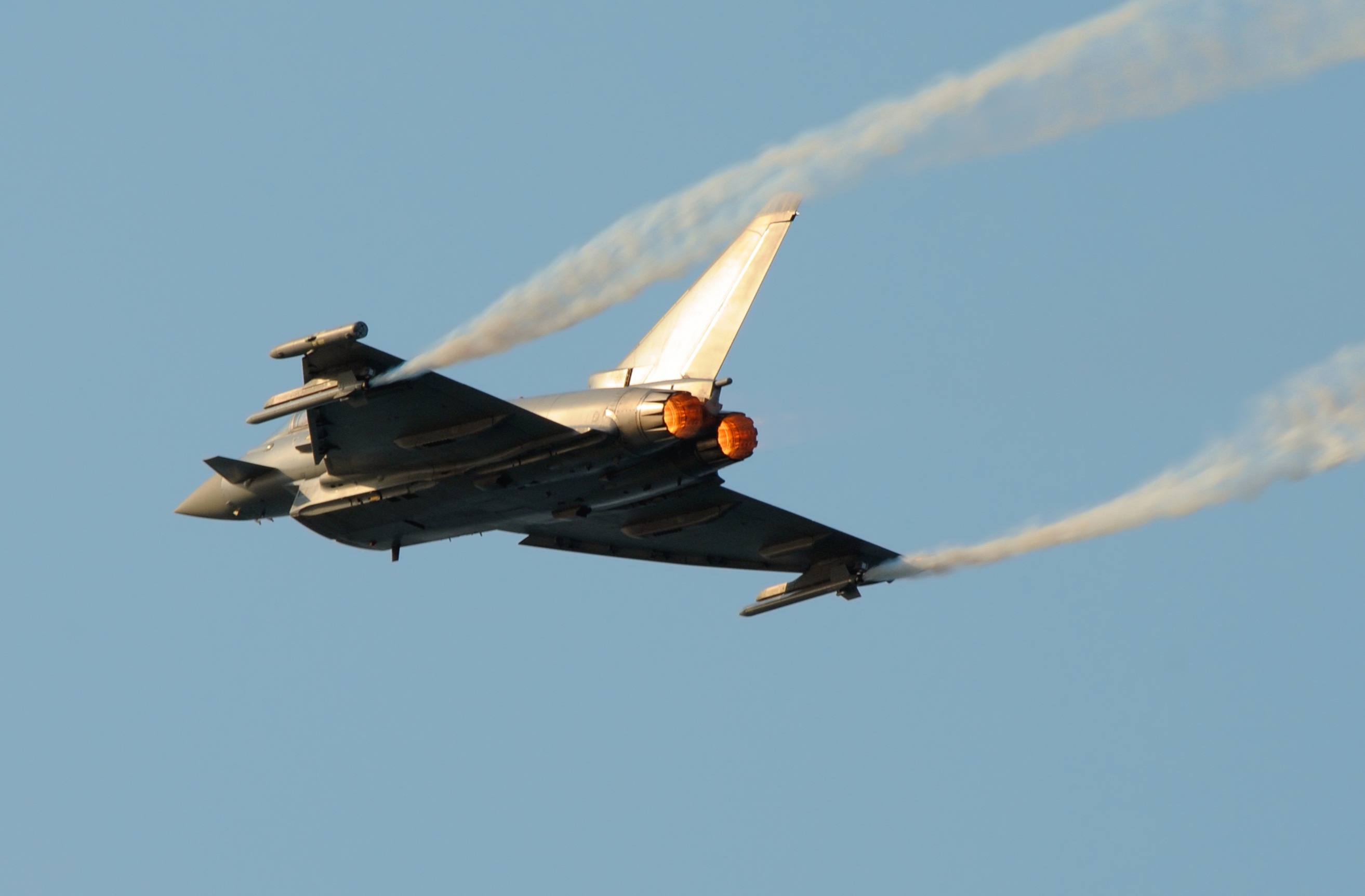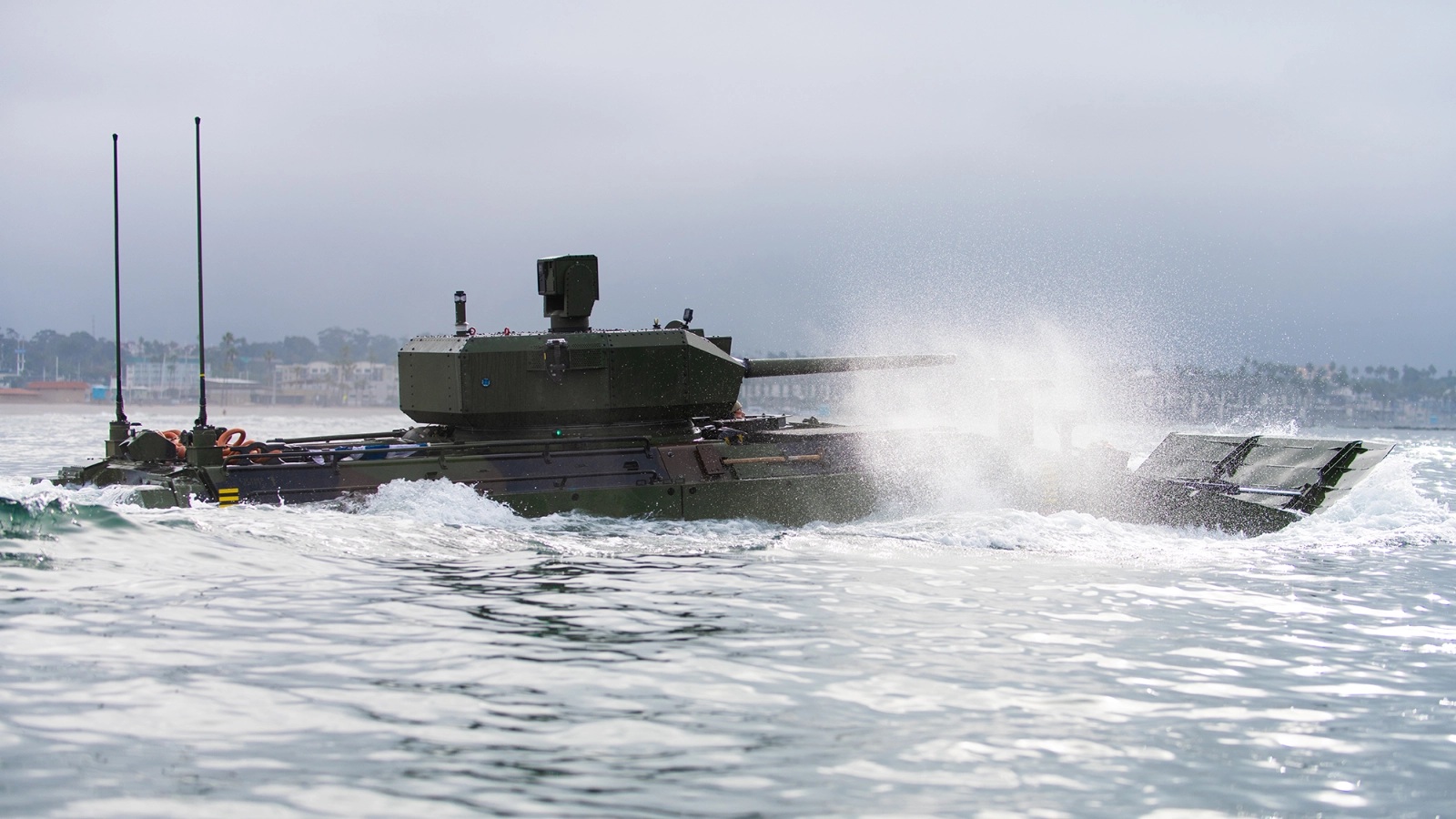Portsmouth Naval Base ready for UK’s aircraft carriers

Courtesy Royal Navy
The anticipated arrival of not just one but two of the 65,000 tonne behemoths and their crews meant that the naval base needed more power, space and another specially equipped jetty to accommodate them.
Captain of the Base, Captain David George said: "Quite rightly the vast bulk of the preparatory work is physical in nature, but the arrival of the second carrier marks a step change in operational output.
Chief among the changes for the arrival of HMS Prince of Wales was a jetty suitable to accommodate her. Both carriers may need to be harboured at any one time so a second jetty in addition to the Princess Royal Jetty built for HMS Queen Elizabeth was needed.
As a result, Portsmouth Naval Base’s Victory Jetty, built in the late 1990s, has been strengthened and modernised at a cost of £30 million. This included additional piling to take the increased berthing loads, galvanic protection of the existing structure to extend its life and a pumping system to lift the fresh water required for up to 1600 crew.
Captain David George said: "The UK will be returning shortly to Continuous Carrier Capability, with the Royal Navy’s, and indeed UK’s, influence extended through the Maritime Task Group concept. HM Naval Base Portsmouth has moved with the policy; our ability to support the Task Group has become more agile, responding to the nature and tempo of 21st century operations. Nevertheless, the Base has had to undergo significant change to meet the new requirements."
A big part of the project has been providing the high voltage electrical system to provide shore power, including large conversion machinery and a massive hydraulic boom to feed the power to the carrier. With limited power capacity on Portsea Island, the power to light, heat and run machinery when this extra small town comes alongside is to come from the base’s new Combined Heat and Power plant (CHP).
This is a standalone energy source to provide off-grid sustainable energy for the base. The £13 million CHP plant produces electricity from mains gas and captures the heat generated for use, reducing the Naval Base’s carbon footprint. At its peak, the CHP can produce 13.5 MW of power, enough to power between 18,000 and 25,000 homes.
Additional support equipment was also required such as automated brows to move people on and off the ship and two bespoke Fender Spacer Units, built in Portsmouth, and installed on the Victory Jetty. The structures, which measure 17.6m by 18.7m, slot into the jetty and move up and down with the tide to prevent the ship’s overhanging flight deck from any collision while alongside.
Captain Iain Greenlees, team leader of the carrier infrastructure programme since 2009 said: "These projects bring to a close a historic period of development for the base, covering eight years of environmental and costs assessment and six years of construction. Delivering this programme to time and cost has only been possible by MOD and large teams of industry partners working closely together, with the support of the city and harbour users, to get the base ready to support these fabulous ships for the next 50 years."
HMS Prince of Wales tests new green waste system
Engineers are testing a green waste disposal system on HMS Prince of Wales, reducing rubbish aboard one hundred fold.

During the latest phase of HMS Prince of Wales’ sea trials in the North Sea, sailors are testing her state-of-the-art pyrolysis plants – already fitted to the ship’s older sister HMS Queen Elizabeth – to keep the tonnes of rubbish generated by the 600 sailors and 400 industry engineers and experts on board to a minimum.
During her first two visits to Invergordon, the ship offloaded several tonnes of rubbish – ‘gash’ in Royal Navy parlance – a manual, labour-intensive process given that the 1,000 souls aboard produce upwards of nine tonnes of waste every day, stored in shiny metal drums.
Enter the two pyrolysis plants – which cause material to decompose under extreme temperatures.
Most waste – including food, sewage and waste oils, including those from the galley, but not metals or glass – can be processed by the plants, which can deal with 150kg of rubbish every hour.
The only flame comes from a burner which initially heats the ‘oven’ to 1,100°C – as hot as a large bonfire.
The waste then becomes the fuel; the burner switches off and the plant becomes self-sustaining using minimum fuel.
Petty Officer Graeme Coventry said: "The plant should see us processing all waste with the exception of metals and glass – they will both be crushed to enable us to store them without taking up too much space.This is a fantastic new piece of machinery. It will produce a minimum amount of waste and allow us to reduce our waste by almost 100:1."
So 150kg of waste becomes 1½kg – or one and a half standard bags of sugar. At the end of the process you are left with some grey-blackish ash, known as char, which is stored in drums until the ship puts into harbour again and the gash can be offloaded.
As part of the carrier’s trials, the first of the ship’s two pyrolysis plants was fired up to test seals and the operating temperature.
After that proved successful, the marine engineers are now putting solid waste through the plant before moving on to food, bio sludge (sewage) and sludge oil.
“I’m excited to start working with the pyrolysis plant which is something I have never seen before,” said Marine Engineering Technician Niall Kelleher, one of the carrier’s junior sailors responsible for operating the rubbish machines.
“I am hoping to gain more knowledge on such equipment which will be extremely useful to me over my career in the RN.
“The plants’ waste reduction ratio will benefit the ship’s company with us having far less waste to dispose of during ‘out all gash’ – and enable us to store the waste far easier.”












